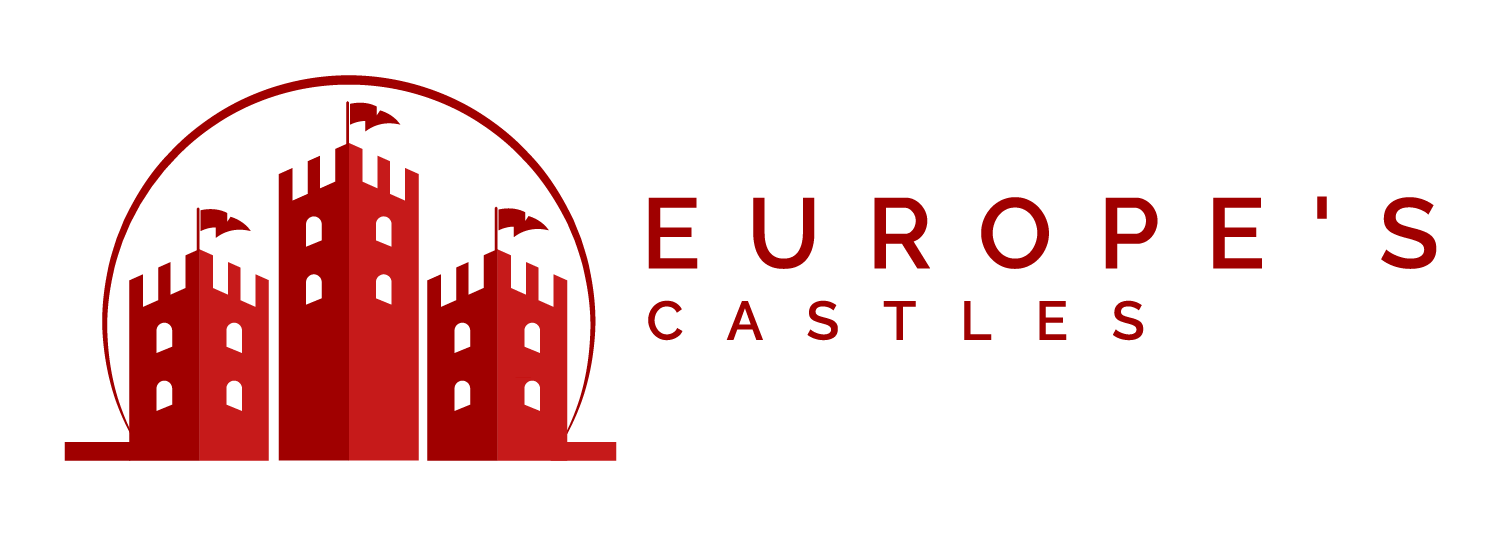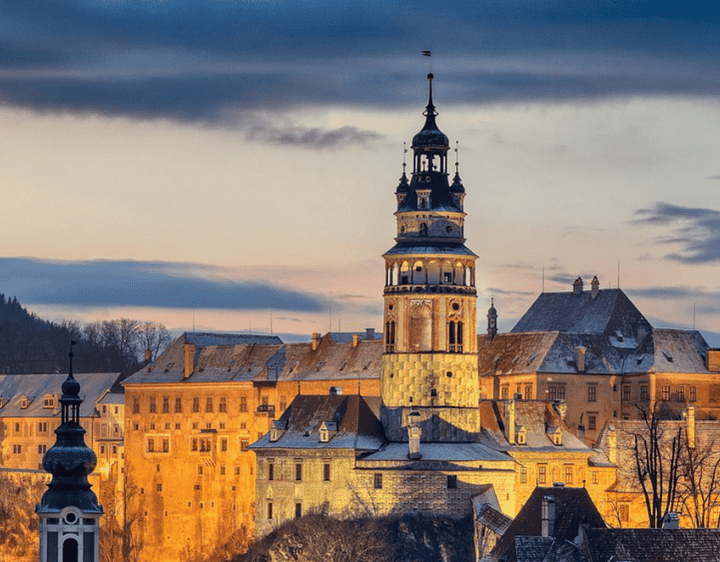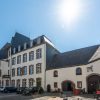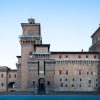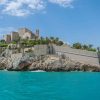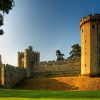Castle of Český Krumlov
The Castle of Český Krumlov stands among the most captivating and historically rich fortresses in Central Europe. Recognised as a UNESCO World Heritage Site, this imposing structure dominates the skyline of the picturesque town of Český Krumlov in the South Bohemian Region of the Czech Republic. The complex has long fascinated visitors with its harmonious blend of Gothic, Renaissance, and Baroque architectural elements. Its sprawling gardens and commanding presence above the meandering Vltava River further enhance its allure. When approached from the town’s narrow medieval streets, the castle seems to rise out of history itself, enveloping guests in an atmosphere shaped by centuries of political intrigue, noble ambition, and artistic flourish.
Location of the castle of český krumlov
Situated in the heart of southern Bohemia, the Castle of Český Krumlov occupies a strategic position within the charming town that bears its name. It has been constructed on a natural rocky promontory that is nearly encircled by a loop of the Vltava River, providing a natural defensive advantage. The town of Český Krumlov lies approximately 170 kilometres south of Prague and can be reached by road or rail. Surrounded by lush forests, rolling hills, and a landscape shaped by centuries of human cultivation, the location of the castle has always been significant. It has served both practical and aesthetic purposes throughout its long existence. Visitors are often struck by the seamless integration of the castle into the town’s architectural fabric and natural surroundings.

History of the castle of český krumlov
The origins of the Castle of Český Krumlov can be traced back to the early 13th century, when it was first mentioned in written records in 1240. It was initially established by the powerful Vítkovci family, a Bohemian noble lineage closely linked to the Přemyslid royal dynasty. During its early years, the fortress served as both a military stronghold and an administrative centre, controlling trade routes and local resources.
In the 14th century, control of the castle passed to the Rosenberg family (Rožmberkové). They were one of the most influential noble houses in Bohemia. Under their stewardship, the castle underwent extensive Gothic-style reconstructions and expansions. It was transformed from a defensive outpost into a symbol of aristocratic prestige. The Rosenbergs also contributed significantly to the cultural and artistic life of the castle. They brought in architects, painters, and craftsmen from across Europe.
The end of the 16th century saw the rise of the Renaissance influence, during which time the castle was again extensively remodelled. Italian architects were employed to introduce elegant courtyards, ornate facades, and arcaded galleries. Following the death of the last male Rosenberg heir in 1611, ownership transferred to the Habsburg Emperor Rudolf II. Shortly thereafter, it passed to the Eggenberg family. The Eggenbergs introduced Baroque modifications, including the lavishly decorated castle chapel. They also built the famous Baroque theatre, which remains one of the best-preserved of its kind in the world.

Current status
Today, the Castle of Český Krumlov is recognised as a major historical and cultural landmark. It also serves as a vibrant centre for tourism, education, and the arts. The entire castle complex comprises over forty buildings and palatial structures grouped around five castle courts and a large rococo garden. It ranks as the second largest castle complex in the Czech Republic, surpassed only by Prague Castle.
Extensive conservation efforts have been undertaken to preserve the castle’s architectural integrity and historical authenticity. Guided tours provide access to the interiors of the castle. These include the Renaissance and Baroque rooms, the royal apartments, and the intricately decorated chapel of Saint George. Particularly notable is the Baroque theatre, which has retained its original stage machinery, props, and backdrops dating from the 18th century. Performances and special events are occasionally held here, offering a rare glimpse into the theatrical traditions of the Baroque era.
Visitors can also explore the castle museum and gallery. Artefacts, portraits, and documents relating to the history of the castle and its former residents are on display there. The castle tower, offering panoramic views of Český Krumlov and the surrounding countryside, remains a popular attraction. Seasonal exhibitions, concerts, and educational programs further enhance the experience.
Admission
Community features
Castle features
Location
Official website
Featured listings


